Three High-MPG Hybrid Minivans Americans Would Love But Can't Get
Although American tastes are veering toward crossovers and SUVs, there’s something to be said for the tried-and-true minivan – except in the fuel economy department.
Since the 1980s when the alternative to a station wagon was originated by Chrysler, the 7-8 person vehicle type big enough to stuff in sheets of plywood with seats out of the way has become a staple in the family driveway.
This fact has been noticed in Japan too where they engineer hybrid minivans which get markedly better fuel economy than the mere 21-22 mpg examples sold in the U.S.
A sole exception just being launched in the U.S. is the Chrysler Pacifica Hybrid – actually a plug-in hybrid rated 84 MPGe in EV mode and 32 mpg in gas hybrid mode. This vehicle raises the bar greatly and is likely to provoke automakers in time to follow.
Meanwhile, as a curiosity, we thought we’d highlight a few regular hybrid minivans that have evolved over the years in other markets.
Toyota Estima Hybrid
Also badged in some markets as the Previa – and a non-hybrid Toyota Previa was sold in the U.S. in the early 90s – the Estima Hybrid is in its second generation hybrid version within a minivan lineup that’s existed since 2001.
Toyota says it was the world’s first hybrid minivan, and this is an AWD people mover that sips fuel better than a U.S. Corolla.
Rated 47 mpg on the optimistic Japanese cycle, the vehicle is likely still good for mpg in the 30s to low 40s in real world driving.
In the U.S., Toyota proffers the somewhat larger “minivan” (more of a maxivan), the Sienna, in FWD and AWD configurations with up to 22 mpg.
The current Estima, sold in Japan and Hong Kong and priced around $31,770 U.S., was revised in 2016 and uses Toyota’s E-Four AWD hybrid system centered around a 2.4-liter gas engine and two electric motors.
Included in the updates for the Japanese market is advanced safety called “Toyota Safety Sense C” which features pre-collision and pedestrian detection, lane keeping assist, high beam assist, and radar cruise control.
A thoroughly modern and well-appointed utilitarian conveyance, the Estima is available also in a non-hybrid 2.4-liter version.
Toyota Alphard Hybrid
A luxurious minivan (minivans are also called MPVs in other markets), the Alphard has a cousin called the Vellfire as well.
The vehicle is now in its third generation, having been originated in 2003. Aside from Japan, it’s sold in certain Asian markets along with Indonesia, Thailand, the Philippines and Hong Kong. A Malaysian video below shows how they consider it there.
Powered by a 2.5-liter hybrid system akin to what’s in the Estima, with E-Four AWD as well, the Alphard gets similar high mpg on the Japanese cycle, and potentially 30-40 mpg in real world driving.
Of the two, the Alphard is better appointed, and costs approximately $45,000-$52,000 U.S. when converted from its Japan-market price.
In 2013, Toyota actually brought over a right-side drive Japanese-spec Alphard (and Estima) for journalists to drive in Michigan.
When asked about why the automaker has never brought it to the U.S., vague answers alluded to the vehicle not fitting into its U.S. product plans, and more certain is the hybrid market is stronger in Japan.
As for the suitability to American tastes, the Alphard and (Estima) are around 7/8th the scale of a Sienna, and Americans like to have it all.
There is no Sienna Hybrid made, and so there are no full-size “minivans” available from Japan in hybrid form.
Yet, but Honda may change that first.
Honda Odyssey Hybrid
Last year Honda announced its Odyssey Hybrid utilizing a powertrain borrowed from the super-efficient Accord Hybrid.
This is a 2.0-liter engine-based system, using dual motors, and called i-MMD. If you believe the Japanese JC08 cycle, this Odyssey is rated 61 mpg (26.0 km/L) – just a wee bit better than the U.S. version’s 22 mpg.
However, the 7-8 passenger Japanese Odyssey, like the Toyotas, is slightly smaller than the version produced for full-size Americans. Whether a full-size variant would be produced for the U.S. is anyone’s guess, although one major magazine has guessed it would.
Rather, a rumor by Car and Driver blog – nearly posited as a certainty, but it is not certain – says a 2018 Odyssey Hybrid would be made for our market.
Michigan-based analyst Alan Baum however says the U.S. market, being soft for hybrids, may not present the best timing for Honda to do this quite yet.
As Car and Driver observed also, Honda otherwise does have an agenda to increase electrification. A CR-V Hybrid crossover may come first, but a minivan may eventually as well. Time will tell.
Become an AutoGuide insider. Get the latest from the automotive world first by subscribing to our newsletter here.
More by Jeff Cobb



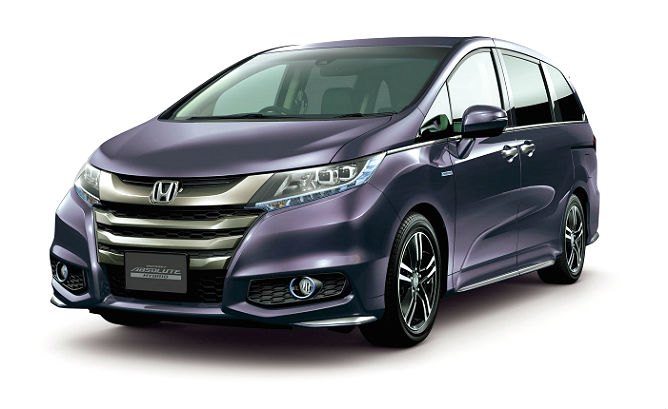






















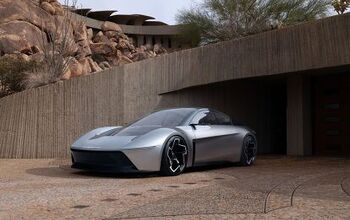
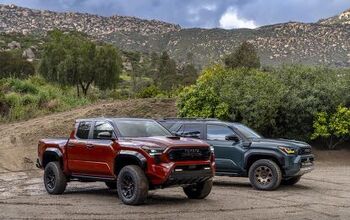
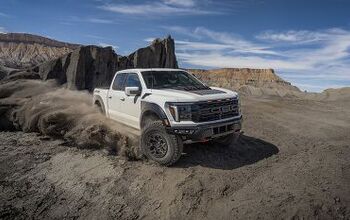




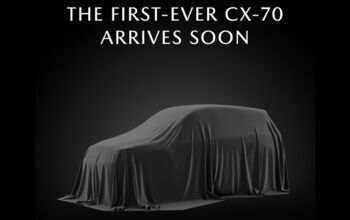
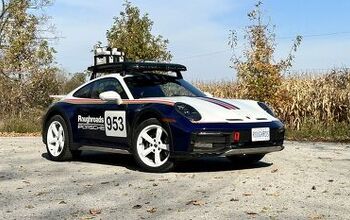
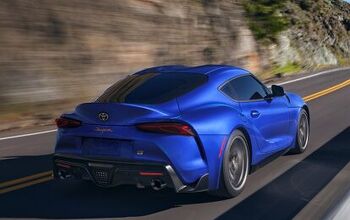
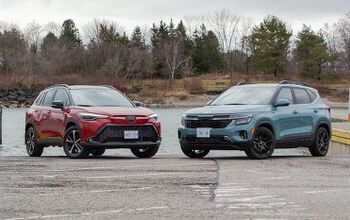


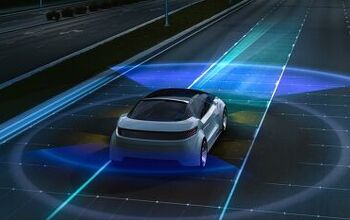
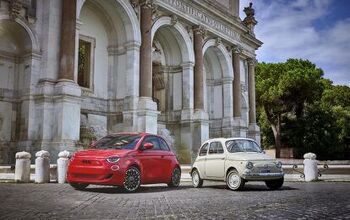
Comments
Join the conversation